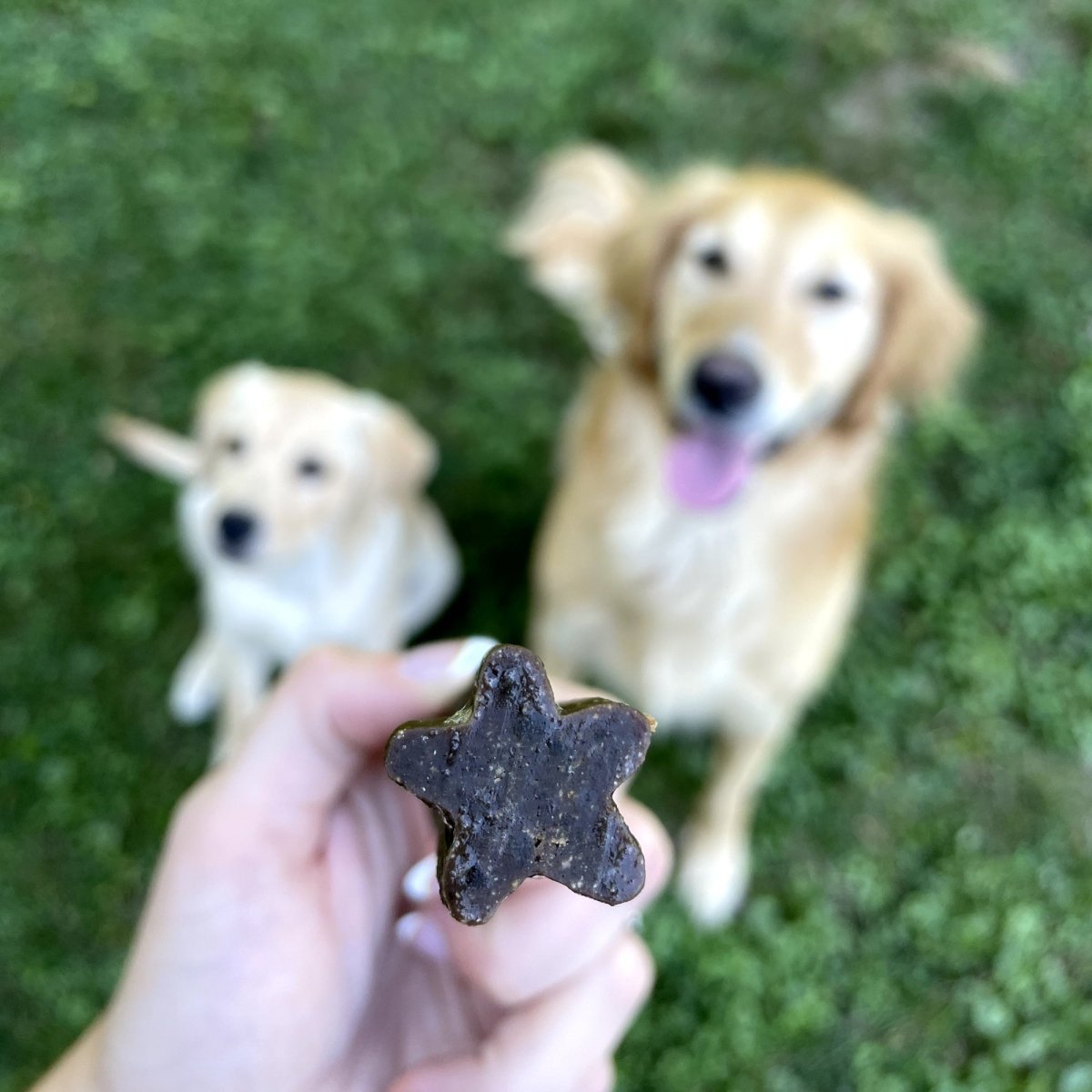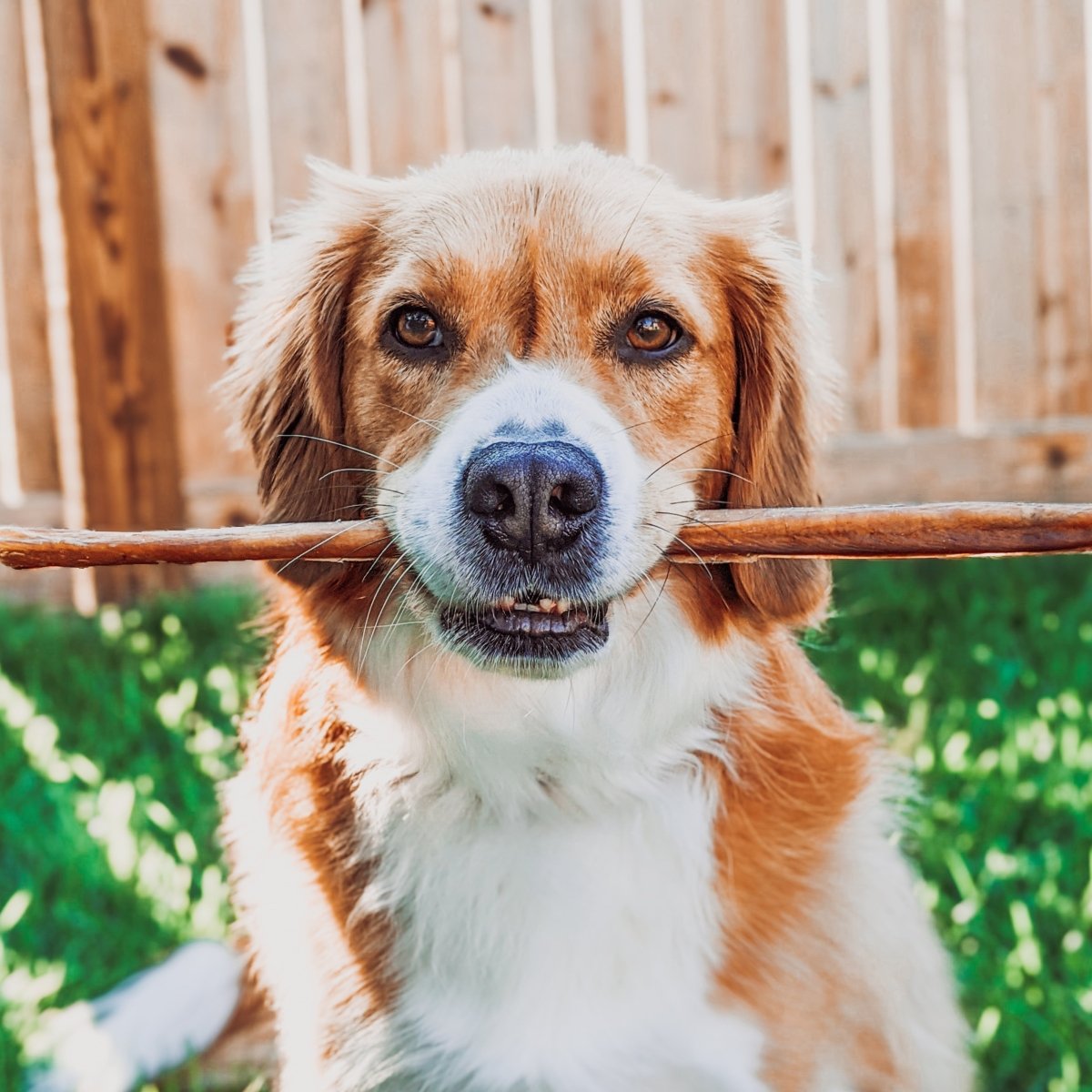
Dogs are adventurous and like to be outside. They are also curious and often explore things with their noses and paws, two of the prime targets for bee stings. Just like for humans, bee and insect stings can be painful for dogs and cause a reaction.
How to identify that your dog was stung by a bee
Typically, a bee sting will cause swelling to the affected area, which may be painful or itchy. Sometimes dogs will bite or scratch at the area where they were stung due to the irritation and inflammation. Sudden pawing or swelling in a certain area is a sign that your dog might have been stung or bitten by an insect.
Check the area for any abandoned stingers left in your dog’s skin. If your dog was stung by a bee, they might have left behind the stinger. Other insects don’t leave stingers, but there might be a small bite mark or red spot on your dog’s skin.
What to do if your dog is stung by a bee
Signs of a serious allergic reaction
If your dog displays any signs of a serious reaction, go to your vet immediately. Symptoms of a seriousreaction can include:
Most dogs won’t have serious reactions to bee stings, but you should be prepared in case they do. Bee stings and other bug bites can cause your dog to go into anaphylactic shock. This can be fatal if you don’t seek immediate veterinary attention.
In general, it is best to take preventative steps to avoid bee stings and insect bites. If your yard has ant hills, beehives, or wasp nests, get them treated and keep your dog away from the area. If your dog is outside or at the park, keep an eye on them and what they’re doing.
—
Want to learn more pet health tips? Check out our blog. And for great deals on all-natural dog chews, visit our website.
Comments will be approved before showing up.

Dental chews keep plaque in check and gums strong. Read here to learn about nature's toothbrush!

Single-ingredient dog chews and treats are crafted using only one whole food source!

Check out our guide on different types of chews to help you decide on the best chew for your dog!